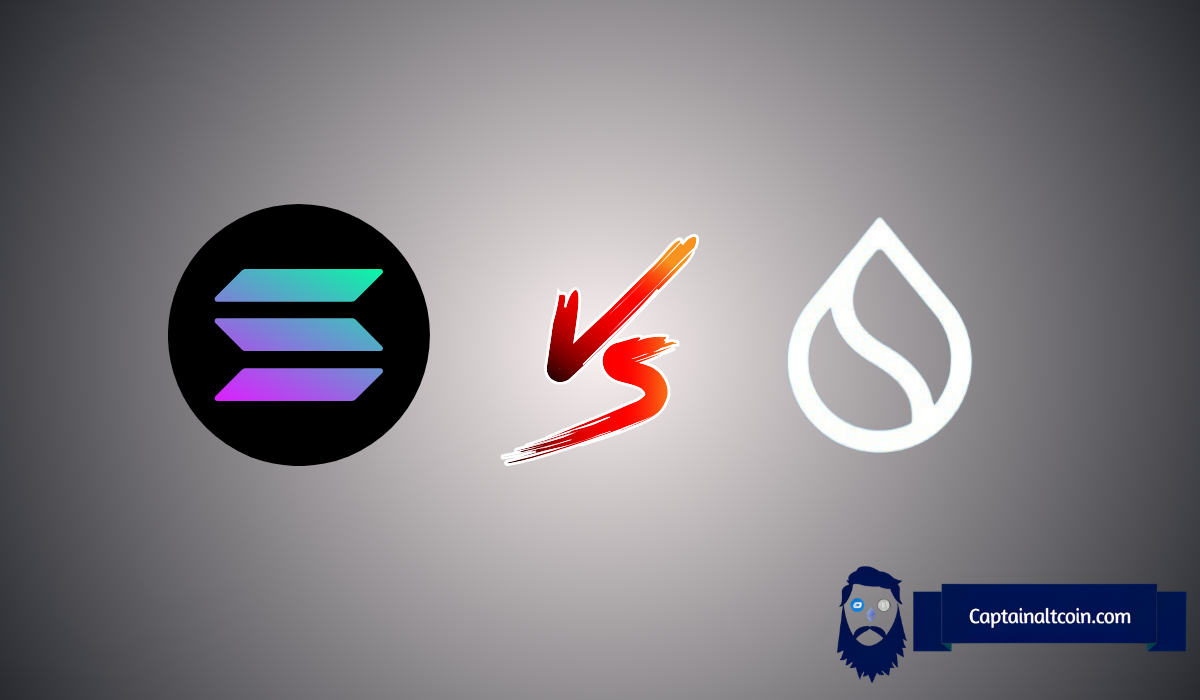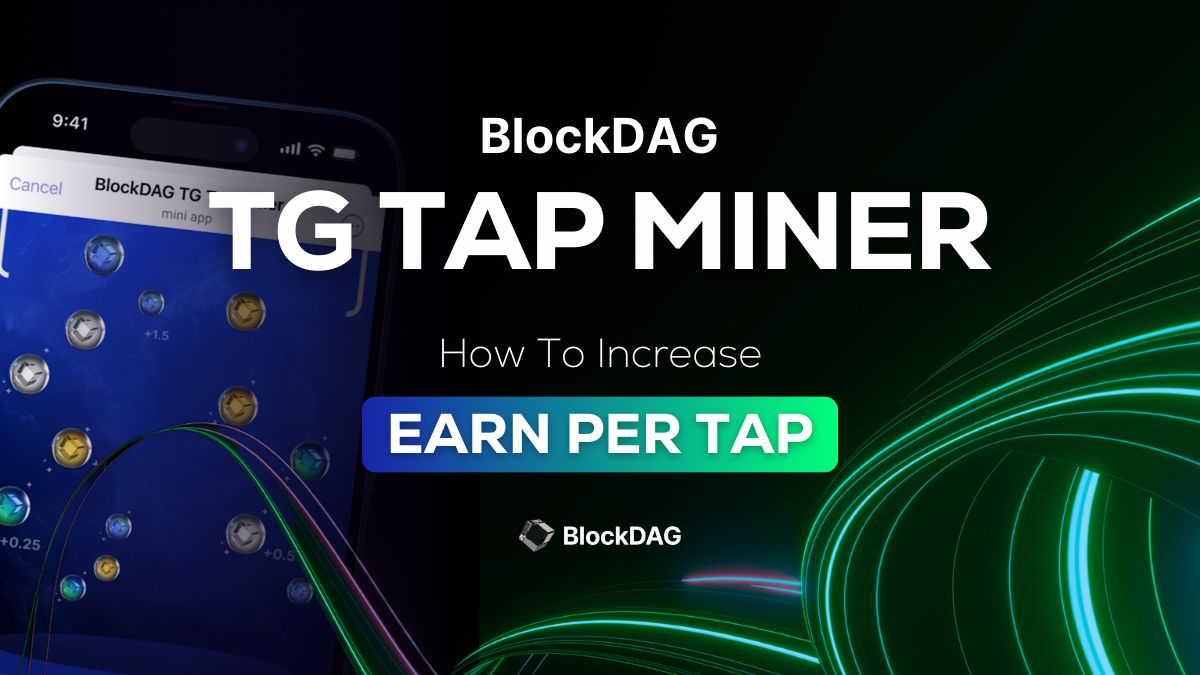Download PDF version HERE
After one week, $13.9 billion was traded across the newly approved ETFs. The first week of data has started to show some clear trends.
On January 10, 2024, the SEC approved eleven US-listed exchange-traded funds (ETFs) that invest in Bitcoin. This opened up a new asset class for many investors, as the move simplified the process of gaining direct exposure to the cryptocurrency. The ease of investing in Bitcoin through an ETF structure will not only increase the popularity of this asset class, but will likely propel it into the financial mainstream. One week after these new ETFs began trading, and following $1.15 billion in net flows, some interesting trends began to emerge.
Fund flow data for week one (01/11/24 – 01/18/24):
The iShares Bitcoin Trust (IBIT) ($1.2 billion) and the Fidelity Wise Origin Bitcoin Fund (FBTC) ($1 billion) experienced the largest inflows across all newly formed ETFs during the first week of trading. Blackrock and Fidelity became popular among investors, receiving a combined 68% of all week one inflows (BITI 37%, FBTC 31%).
The iShares Bitcoin Trust (IBIT) was the first of the group to amass more than $1 billion in assets, accumulating the largest inflows during the week, boasting an AUM of $1.17 billion as of January 18. The value of both ETFs’ combined inflows ($2.2B) equaled the value of the outflows seen across the Grayscale Bitcoin Trust (GBTC) ($2.2B) during the period.
The Greyscale Bitcoin Trust (GBTC) experienced $2,216.3 billion in outflows during the week. This ETF was the only fund to experience daily outflows during its first week of trading. The meteoric rise in the price of Bitcoin, which pushed higher and higher as investors anticipated the approval of these new funds, is thought to have led to profit-taking by existing investors in the former closed-end fund. Now converted, existing units can now be traded freely on exchanges, lowering the bid/offer spread for investors who would previously have had to trade over the counter, often at a significant discount to the Bitcoin price.
Fund flows were affected by the decision of some Bitcoin ETF issuers to charge 0% fees for a limited time, with the agreement to collect them when a defined AUM is reached. The majority of funds are expected to charge between 0.2% and 0.4% in the future. The Grayscale Bitcoin Trust ETF (GBTC) still charges 1.5%, citing its track record as its differentiating competitive factor. Looking beyond the fee, the Greyscale ETF had the lowest average trading spread across the group during the week and experienced the highest trading volumes and values (as seen in the chart below). This suggests that liquidity and price remain important factors for a significant portion of the investor base.

Across all the newly approved ETFs, the Hashdex Bitcoin Future ETF (DEFI) experienced the lowest traded value over the week ($7.1M). This fund continues to trade Bitcoin futures rather than physical assets. After the fanfare of the most recent approvals, investors’ appetite for the futures equivalent appears to have been dampened now that they can access the real thing.
The Ark 21Shares Bitcoin ETF (ARKB) appears to be the ETF of choice when speculating on the price of Bitcoin. As of January 19, just over 11% of the ETF’s shares were borrowed. It is often used as a proxy for short selling, where speculators sell a borrowed stock in anticipation of the price drop, before buying it back at a lower price. This ETF had a significantly higher percentage of its outstanding shares on loan compared to the other funds.
Since the introduction of these new products, the price of Bitcoin has fallen by approximately 11%. How this affects investor flow and demand going forward remains to be seen. During the first week of trading, investors showed a clear interest in the asset class with $13.9B traded and saw two dominant frontrunners in iShares Bitcoin Trust (IBIT) and Fidelity Wise Origin Bitcoin Fund (FBTC).
As the initial flood of new money begins to slow, the landscape is likely to remain competitive. Given the level of investor demand and the fact that the asset class does not generate a return as returns are based solely on price speculation, these most recently approved ETFs are likely to represent the beginning of a growing trend of investment strategies to generate returns on this increasingly popular asset class .
For more information on how to access this dataset, please contact the sales team at:
S&P Global provides leading data, software and technology platforms and managed services to tackle some of the toughest challenges in financial markets. We help our clients better understand complex markets, reduce risk, operate more efficiently and comply with financial regulations.
This article was published by S&P Global Market Intelligence and not by S&P Global Ratings, which is a separately managed division of S&P Global.
Disclaimer for Uncirculars, with a Touch of Personality:
While we love diving into the exciting world of crypto here at Uncirculars, remember that this post, and all our content, is purely for your information and exploration. Think of it as your crypto compass, pointing you in the right direction to do your own research and make informed decisions.
No legal, tax, investment, or financial advice should be inferred from these pixels. We’re not fortune tellers or stockbrokers, just passionate crypto enthusiasts sharing our knowledge.
And just like that rollercoaster ride in your favorite DeFi protocol, past performance isn’t a guarantee of future thrills. The value of crypto assets can be as unpredictable as a moon landing, so buckle up and do your due diligence before taking the plunge.
Ultimately, any crypto adventure you embark on is yours alone. We’re just happy to be your crypto companion, cheering you on from the sidelines (and maybe sharing some snacks along the way). So research, explore, and remember, with a little knowledge and a lot of curiosity, you can navigate the crypto cosmos like a pro!
UnCirculars – Cutting through the noise, delivering unbiased crypto news















